Digitizing hospitals to become hubs of innovation
Citrix
DECEMBER 6, 2022
The pandemic dramatically accelerated technology adoption across the healthcare sector, which historically has been slow to innovate.
This site uses cookies to improve your experience. To help us insure we adhere to various privacy regulations, please select your country/region of residence. If you do not select a country, we will assume you are from the United States. Select your Cookie Settings or view our Privacy Policy and Terms of Use.
Cookies and similar technologies are used on this website for proper function of the website, for tracking performance analytics and for marketing purposes. We and some of our third-party providers may use cookie data for various purposes. Please review the cookie settings below and choose your preference.
Used for the proper function of the website
Used for monitoring website traffic and interactions
Cookies and similar technologies are used on this website for proper function of the website, for tracking performance analytics and for marketing purposes. We and some of our third-party providers may use cookie data for various purposes. Please review the cookie settings below and choose your preference.

Citrix
DECEMBER 6, 2022
The pandemic dramatically accelerated technology adoption across the healthcare sector, which historically has been slow to innovate.
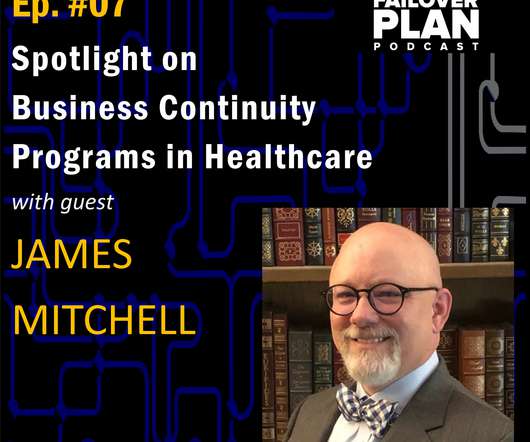
The Failover Plan Podcast
AUGUST 10, 2020
Episode Summary: This week, Shane interviews James Mitchell- the Director of Organizational Resilience at the 724-bed Texas Children’s Hospital in Houston, TX. The last few months he has been heavily involved with a historic pandemic response at Texas Children’s which involved a 140+ day activation of their incident command system.
This site is protected by reCAPTCHA and the Google Privacy Policy and Terms of Service apply.

Disaster Zone Podcast
MARCH 9, 2021
They like everyone else, have had to adapt to the coronavirus pandemic by adjusting how they collect blood and developing new blood products. One of those being the use of Covid-19 Convalescent Plasma in the treatment of people hospitalized with the disease. It amazing all the blood products that are collected in just one donation.

Citrix
DECEMBER 6, 2022
The pandemic dramatically accelerated technology adoption across the healthcare sector, which historically has been slow to innovate.

KingsBridge BCP
SEPTEMBER 23, 2021
Bottom line, the Supply Chain shortages of this pandemic have had such a profound impact on our lives and on the economy that this period is on par with the Great Depression and the Great Recession. The article’s focus is on shortages of oxygen in hospitals across six southern states. Supply Chain shortages.

Plan B Consulting
JANUARY 30, 2020
Following the spread of Coronavirus throughout China and surrounding countries, Charlie introduces the idea of a Pandemic Operating Regime and why you should develop one. I want to introduce the idea of a Pandemic Operating Regime (POR), explain what it is and why I suggest that you develop one.

Plan B Consulting
JANUARY 30, 2020
Following the spread of Coronavirus throughout China and surrounding countries, Charlie introduces the idea of a Pandemic Operating Regime and why you should develop one. I want to introduce the idea of a Pandemic Operating Regime (POR), explain what it is and why I suggest that you develop one.

FEI
JUNE 23, 2021
I often lead crisis management drills for one of our customers in the hospitality industry. It wasn’t just small business that took a major hit during the pandemic. The post Post-Pandemic Business Continuity Recovery Strategies appeared first on FEI Behavioral Health. Some big-name franchises did as well.
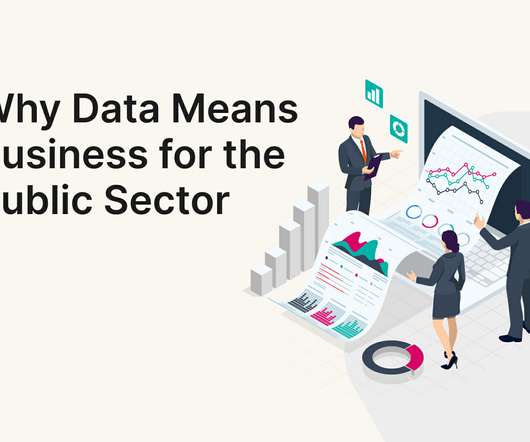
Pure Storage
SEPTEMBER 23, 2022
During the COVID-19 pandemic, the NHS has been using data to anticipate the need for hospital resources like ICU beds and ventilators. In Somerset, GPs and hospitals are already sharing data to enable early identification of patients most at risk of hospital admission. Anticipation and Planning. Evaluation and Monitoring.

Pure Storage
JANUARY 12, 2022
These shortages have become more pressing during the COVID-19 pandemic, with hospitals overrun and in urgent need of additional doctors, nurses, and other medical personnel to treat and care for patients. Today, hospitals rely on digital platforms and talent management software to manage their staffing needs.

Citrix
NOVEMBER 30, 2022
Yet, along with hospitality, it was one of the sectors that was impacted so profoundly by the pandemic — with likely permanent consequences in … The post How retailers can embrace hybrid working to drive efficiencies first appeared on Citrix Blogs.
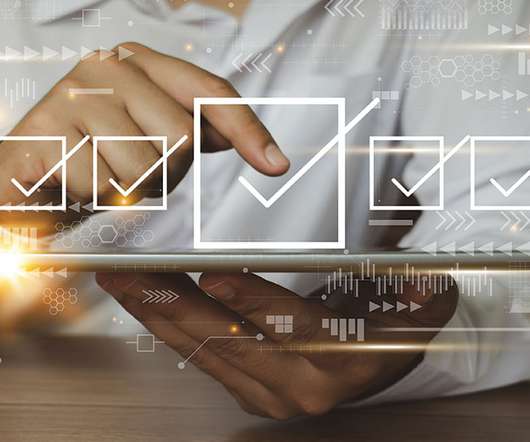
Security Industry Association
OCTOBER 19, 2022
The COVID-19 pandemic has created a new set of issues concerning technology, data privacy and AI. During the pandemic, people were forced to adjust their work locations and utilize technology that they previously might not have used to perform their jobs. Tracking devices enable a company to know the exact location of an item.

everbridge
AUGUST 11, 2021
The hospitality, leisure, and automotive industries were hit the hardest. Even before the current pandemic, countless weather emergencies and human-made disasters were pushing organizations to the limits in terms of Duty of Care , communications, and accountability. PwC Global Crisis Survey Results.
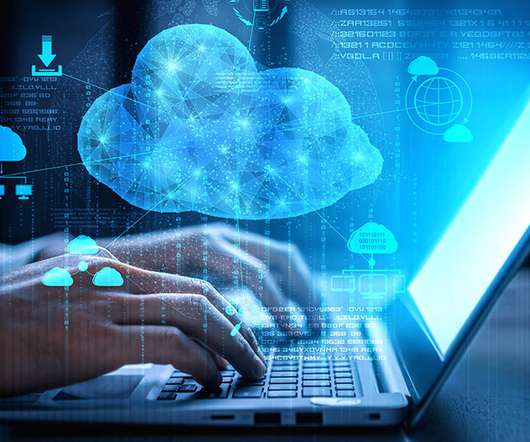
Security Industry Association
JULY 13, 2022
From global enterprises to the most renowned hospitals, cloud access control is quickly becoming more popular, replacing its on-premises predecessors. Access control-visitor management integrations grew in popularity during the COVID-19 pandemic. Hospitals are a common sector using wireless locks. A transformation is happening.
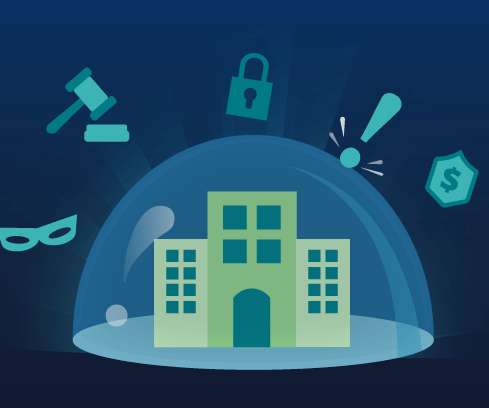
LogisManager
SEPTEMBER 21, 2021
The pandemic has disrupted operating models of businesses across the globe. Innovation is no longer a competitive differentiator; hospitals, clinics and pharmacies now rely on the flexibility and capacity of their technology to continue providing services. Customer Value Story: Prevention is Better Than Cure. Introduction.

Pure Storage
APRIL 11, 2022
Read this Q&A with a healthcare CIO to learn how hospitals can combat ransomware. Where people live is a very important factor in the quality of their healthcare access, and the pandemic only underscored this. Healthcare data is exploding, but AI can help organizations keep up—and be proactive with predictive care.

everbridge
AUGUST 27, 2021
For healthcare systems, building resilience for the future is learned from adapting and responding to critical events and factoring in circumstances that are often unique to the communities they serve such as the patient population, size of the hospital and/ or community, and scope of services. Read Our Healthcare Resiliency White Paper.

Behavior Group
MARCH 16, 2021
Cyberattacks evolved in 2020 as threat actors sought to profit from the unprecedented socioeconomic, business and political challenges brought on by the COVID-19 pandemic, IBM Security reveals. The post Attackers disrupting COVID-19 efforts and critical supply chains appeared first on Behaviour Portugal.

Security Industry Association
JULY 27, 2021
In workplaces where restricted access is in place for different environments, such as labs, hospitals or private offices, biometric cards ensure that only authorized employees can gain access to each area. As demand for more hygienic access grows in the wake of the pandemic, users are increasingly drawn to contactless access methods.
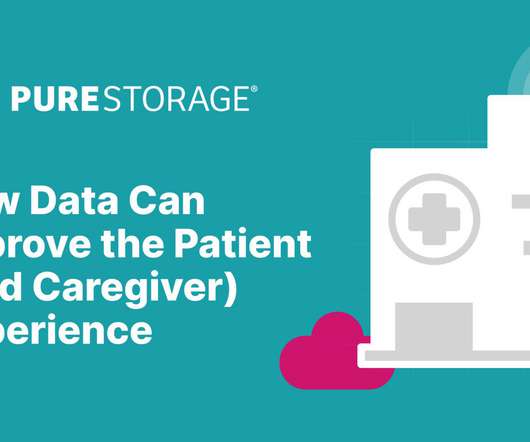
Pure Storage
APRIL 4, 2022
We have a lot of doctors, nurses, clinicians, and other medical and hospital personnel to thank for working on the frontlines these last couple of years. The Pandemic Will Eventually Subside, but Being Digital-First as a Result of it Will Not. That evolution is all about data and digital transformation—here’s how. .
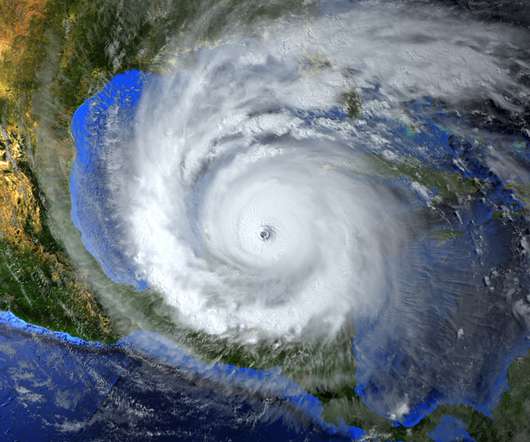
everbridge
FEBRUARY 17, 2022
To fulfill duty of care standards, corporations, educational institutions, hospitals, and government agencies should evaluate and test the health of communication networks and information systems before a severe weather event occurs.

MHA Consulting
JULY 27, 2023
Organizations now have to contend with a heightened risk of drought, flooding, heat waves, wildfires, hurricanes, political unrest, global conflict, cyberattack, power outages, active shooters, supply chain disruptions, pandemic, social-media impacts, and all the rest. In consequence, BC is likely to find itself taking a back seat.

National Center for Disaster Prepardness
OCTOBER 23, 2023
So many questions… In September 2001, I was president of the new Children’s Hospital at Montefiore Medical Center in the Bronx, and that was my main priority, along with the Children’s Health Fund. More than 100 people from New York City were among the audience in a large conference room at the Greater New York Hospital Association.

Managecast
MARCH 27, 2020
According to Wired, “BleepingComputer reached out to the operators of multiple strains of ransomware, asking if they had plans to stop hitting hospitals during the coronavirus pandemic. And don’t forget, Managecast is offering free workstation and laptop backups for remote workers during this time. Wired: [link].

National Center for Disaster Prepardness
MAY 4, 2020
As the world grapples with the crisis of the COVID-19 pandemic, we are catching sight of an additional public health emergency: domestic violence and child abuse. Rising rates of violence prompt the need for new approaches that not only mitigate the current crisis but also prepare for the widespread repercussions of the pandemic.
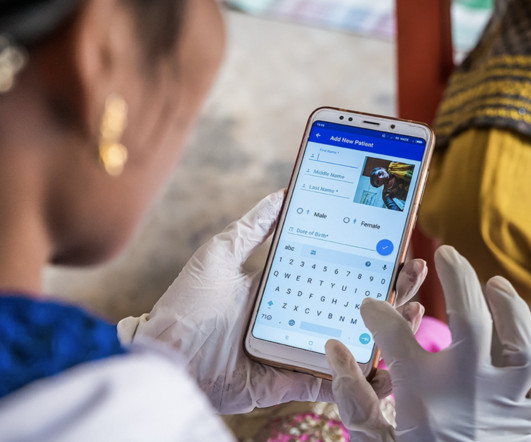
PagerDuty
MAY 14, 2024
“Accessing healthcare can be a challenge for older individuals, especially if you are part of a low-income household that lives in a village 30 kilometers away from the closest district hospital.
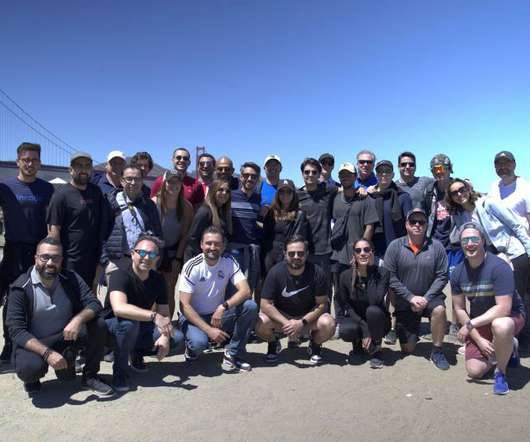
Security Industry Association
OCTOBER 3, 2022
Unfortunately, the COVID-19 pandemic has exacerbated this existing issue. Incode also recently partnered with a smart hospitality solutions provider with the mission of transforming hospitality services by deploying identity verification during check-in and checkout processes through enhanced digital biometric technology.
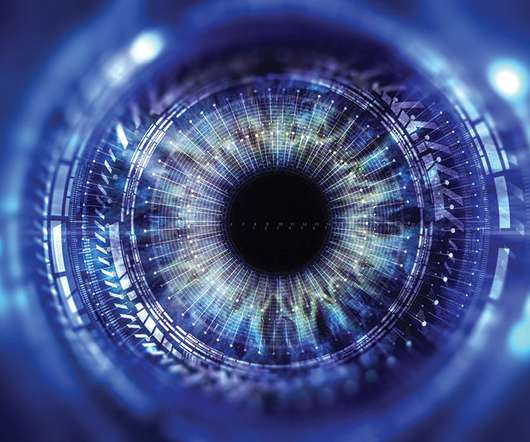
Security Industry Association
NOVEMBER 9, 2021
Video surveillance is a mainstay in many industries, from retail to health care to hospitality to corporate offices. Hospitals must comply with privacy regulations while ensuring the protection of patients, employees and visitors. The Evolution of Smart Surveillance. Industry-Agnostic Technology. Use cases include the following.
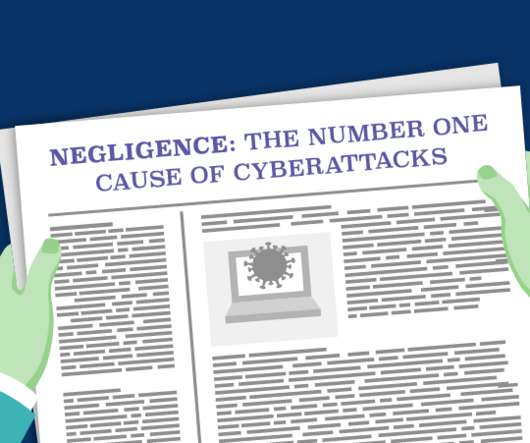
LogisManager
MAY 20, 2021
In recent years, these attacks have affected everyone from banks and hospitals to universities and municipalities; almost 2,400 organizations in the United States were victimized last year alone. Steven is a frequent speaker in the Energy , Financial Services and Cyber industries.

Plan B Consulting
OCTOBER 24, 2016
In teaching the Business Continuity Institute’s (BCI) “Good Practice Guidelines” (GPG), one of the points we stress is that in business continuity we do not look at scenarios such as flood, fire, pandemics, but we look at the impact on our organisations’ key assets, categorised by PPRS.

Plan B Consulting
OCTOBER 24, 2016
In teaching the Business Continuity Institute’s (BCI) “Good Practice Guidelines” (GPG), one of the points we stress is that in business continuity we do not look at scenarios such as flood, fire, pandemics, but we look at the impact on our organisations’ key assets, categorised by PPRS.

Pure Storage
AUGUST 25, 2021
In fact, 12 of the top 25 retailers use Pure* along with hundreds of other consumer-facing vendors across retail, apparel, hospitality (hotels and restaurants), and leisure (resorts, casinos, and gaming). . Global retail leaders rely on Pure Storage®. Why do leading retailers look to Pure? Blazing-Fast SQL Backup and Restore for Retailers.
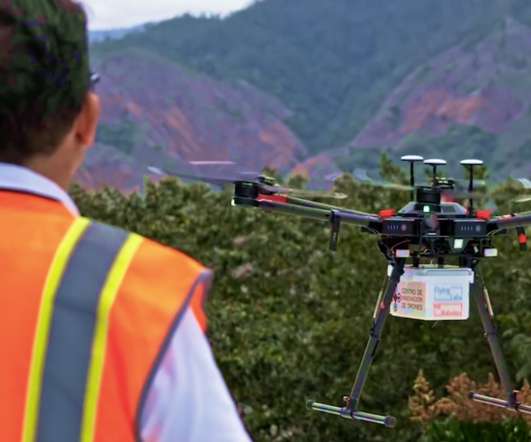
PagerDuty
DECEMBER 20, 2021
As new COVID-19 variants emerge and the world continues to combat the spread of the virus, we know that the pandemic will not end for anyone , until it ends for everyone. The PagerDuty product has allowed us to scale our pandemic response work globally. of people in low-income countries are fully vaccinated.

Pure Storage
APRIL 7, 2025
According to Boston Consulting Group, healthcare providers that prioritize personalization in patient interactions have seen significant improvements in customer satisfaction as well as reductions in the length of hospital stays and 30-day readmission rates.

Risk Management Monitor
DECEMBER 20, 2022
These factors have been exacerbated in recent years, due in large part to the pressures presented by the global pandemic and the growing reliance upon remote services. Opportunity, incentive and rationalization—the “fraud triangle”—are key factors that go into a person’s decision to commit insurance fraud.

Reciprocity
APRIL 4, 2022
Risk can be affected by numerous external factors, including natural disasters, global pandemics, raw material prices, increased levels of competition, or changes to current government regulations. Put another way, risk refers to the fact that an organization’s ambitions may not work out as planned or that its objectives might go unmet.

Erwood Group
FEBRUARY 4, 2024
These events can range from natural disasters and pandemics to technological failures and other disruptions that might threaten the normal functioning of healthcare facilities. Patient Care Uninterrupted: The primary focus of any healthcare organization is, undoubtedly, patient care.
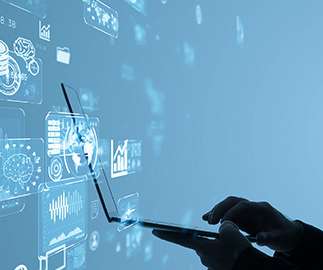
Reciprocity
OCTOBER 1, 2022
Cloud-based solutions also make sense for GRC – especially in the context of the COVID-19 pandemic. More than 50 percent of organizations moved their workloads to the cloud in 2020, according to the Flexera Cloud Computing Trends: 2021 State of the Cloud Report.

Reciprocity
AUGUST 17, 2022
External events, such as natural disasters or pandemics. System failures and downtime. Inadequately trained staff. Breakdown of business process controls. Cybersecurity events, such as data breaches. In general, operational risk can be created by: Technology. Cybersecurity. Other stakeholders. Regulatory and compliance.
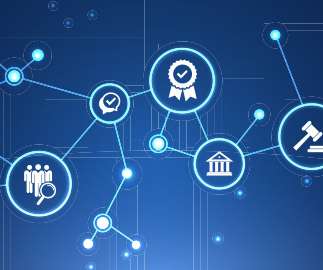
Reciprocity
AUGUST 15, 2022
In June 2020, the OCC warned banks about compliance risks related to the COVID-19 pandemic. In banking, for example, the FDIC, the Office of the Comptroller of the Currency (OCC), or the Consumer Financial Protection Bureau (CFPB) are stringent regulators that can impose high fines for compliance issues. Let’s look at several examples.

Emergency Planning
DECEMBER 14, 2020
What are, and have been, the key challenges in coping with the Covid-19 pandemic? Viral pandemics can have impacts that are as significant in the socio-economic field as they are in epidemiology and viral medicine. Hospitals need to develop very substantial surge capacity and greatly increase their infection control measures.

Recovery Diva
MARCH 12, 2022
From HSToday: Preparing for the Next Pandemic: Building a More Resilient U.S. Each state is grouped into one of three tiers based on the “10 Top-Priority Indicators of State Public Health Preparedness,” which includes factors such as community water system safety, flu vaccination rates, and patient safety in hospitals.

Emergency Planning
JUNE 20, 2020
Image: US National Institute of Allergy and Infectious Diseases In terms of its scope, Covid-19 is like no other disaster that has occurred in the last 100 years, since, in fact, the influenza pandemic of 1918-1920 killed more people than both world wars combined, and contributed to the end of the First World War. IRDR Report 2020-01.

Emergency Planning
JUNE 9, 2019
Pandemics are included because many of the effects of a pandemic are likely to be socio-economic in nature. There is also a link between pandemics and the 'intentional disaster' of bioterrorism (Trufanov et al. Classification and prioritization of essential systems in hospitals under extreme events. Caffrey 2005.
Expert insights. Personalized for you.
We have resent the email to
Are you sure you want to cancel your subscriptions?


Let's personalize your content